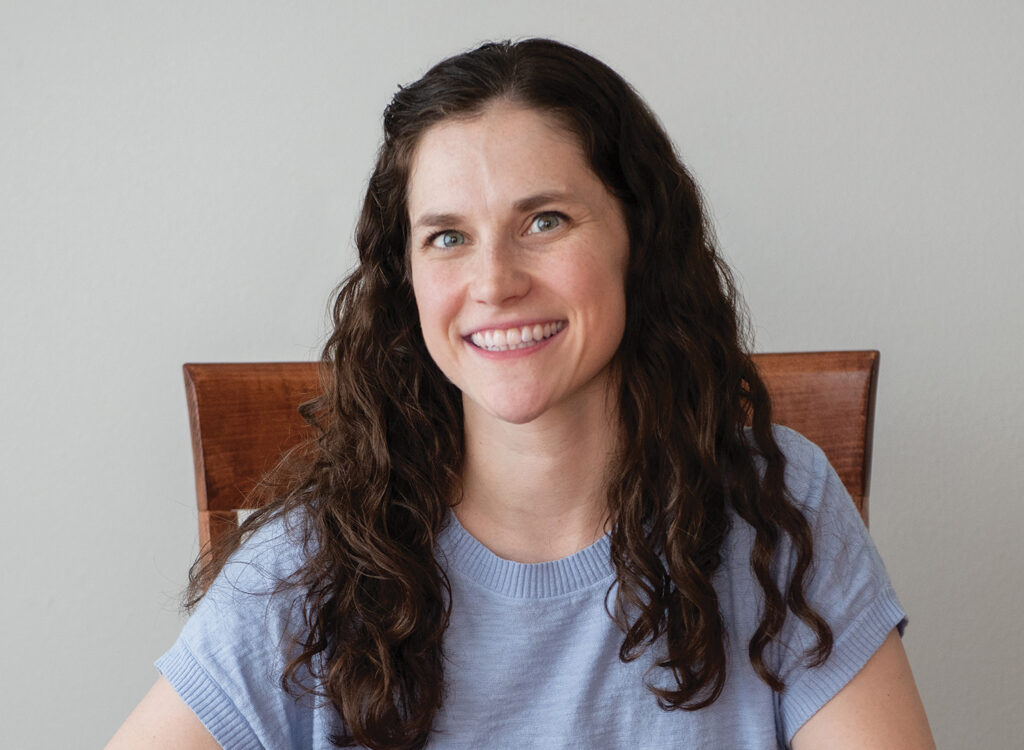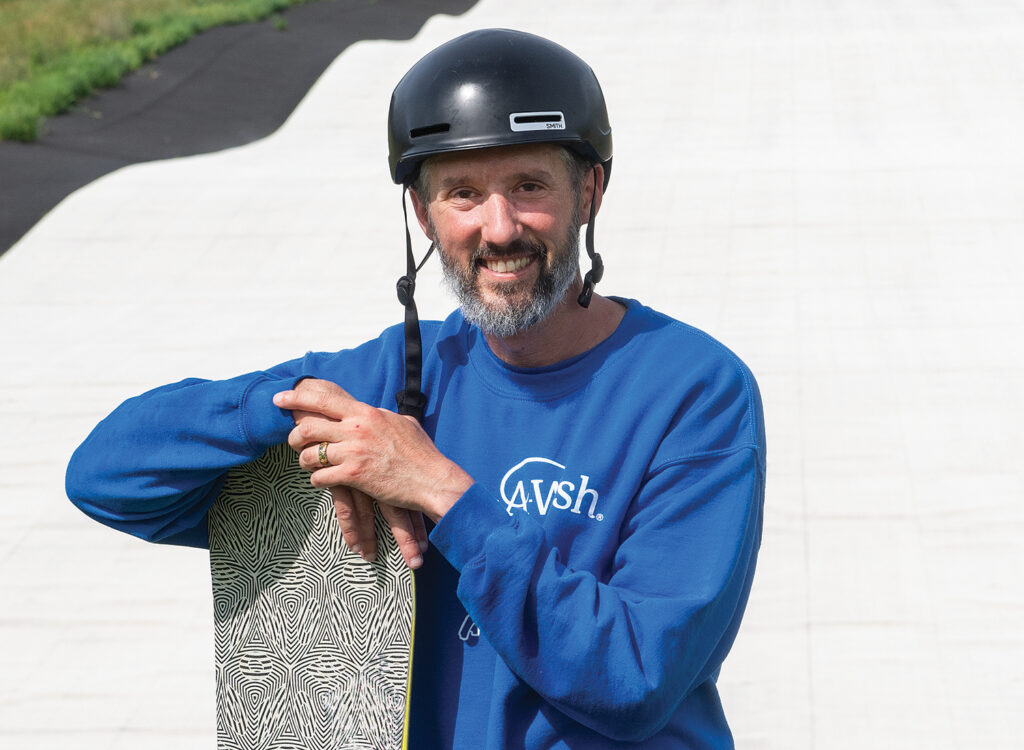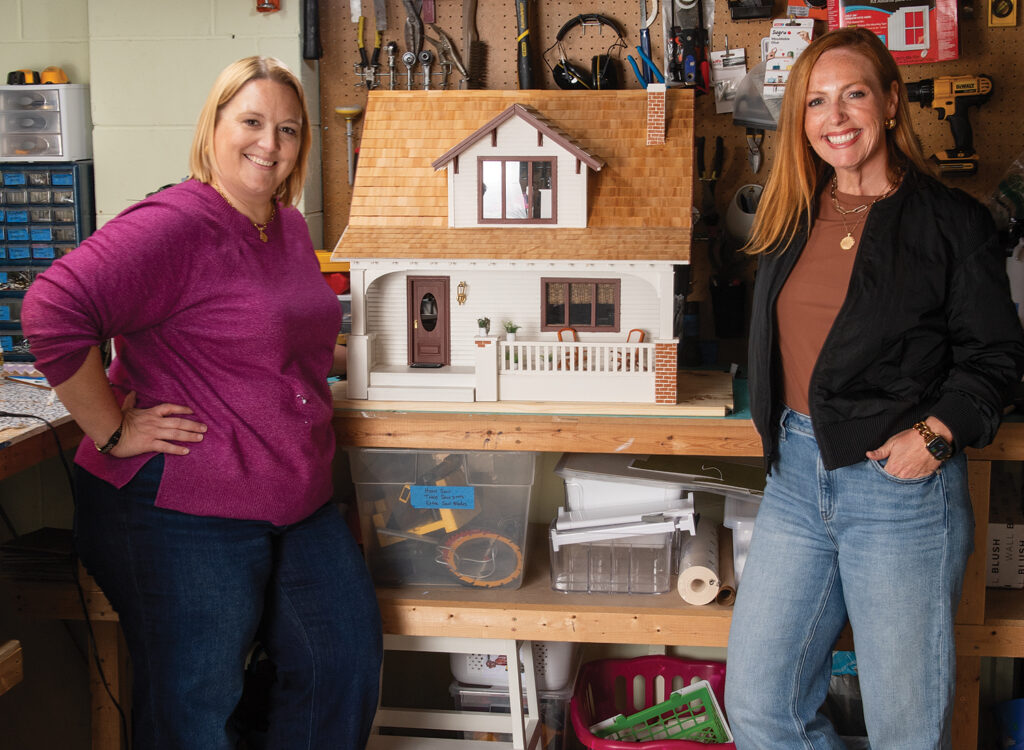Heart association appeals for dedicated funding to improve walking routes to schools

PERRY BEEMAN May 31, 2016 | 7:53 pm
2 min read time
593 wordsBusiness Record Insider, Health and WellnessThe Healthier Iowa Coalition plans to build its case for dedicated funding for projects that would make it easier for students to walk to school.
The group failed in its effort this year to get state lawmakers to carve out $1.9 million a year for school-related pedestrian safety work. That money would have come from federal funds that are doled out through the Iowa Department of Transportation and local Metropolitan Planning Organizations for everything from trails to beautification projects to safe school routes, said Carrie Mueller, campaign manager of the American Heart Association in Des Moines.
The state now spends $9.2 million a year on all projects in the program, the money coming from federal fuel and income taxes.
Mueller said the safe-routes work is getting lost in the shuffle.
“We don’t have the pedestrian infrastructure in this state to help people get out walking,” Mueller said. “We have to make sure we have systems in the state to make it a possibility.”
“Safe routes aren’t pretty like wildflowers,” Mueller said.”So, unfortunately, the health of children gets pushed to the wayside for beautification projects.”
That means some obvious safety problems go unfixed. The coalition recently visited King School to spread the word on safety and to give out bikes and bike helmets after a series of accidents in that area, Mueller said.
There is more at risk than safety, though, Mueller said.
“We’ve noticed that as the rates of children walking and biking to school declined, childhood obesity has increased,” Mueller said. “Walking and biking to schools is a great way for kids to be active.”
The school routes projects often involve improving sidewalks, adding pedestrian bridges and crossing guards, forming walking groups or improving views.
Instead of having dedicated funding, the group will now have to compete for individual grants against all projects. “We have nothing allocated” solely for safe routes, Mueller said.
Local planning groups such as the Des Moines Area Metropolitan Planning Organization make the calls on what projects to pursue, Mueller said. “The program gets diluted because the decisions are made locally,” she said.
The coalition has met with DOT commissioners and is working on a lobbying plan for next year.
Stuart Anderson, the Iowa Department of Transportation’s lead staffer on the programs, said the DOT is weighing changes in the most recent federal transportation bill. The Iowa Transportation Commission is likely to decide this summer how to change the state programs, and is aware the heart association would prefer dedicated funding for the safe routes program.
Anderson noted that the safe routes program had dedicated federal funding before, but Congress took that away as it both reduced the number of programs and the funding for all transportation alternatives projects.
Another goal of the federal government is to give more power to local government officials through the Metropolitan Planning Organizations, with the thought that local officials have a better handle on priorities, said Anderson, who is the director of the Iowa DOT’s planning, programming and modal division.
Regarding the failed Iowa legislation, Anderson said, “Our main talking point was we believe that is the role of the state transportation commission to make that decision on how federal funds are allocated.”
The heart association has told the DOT that because there is no dedicated funding, fewer communities are applying for money for safe school routes, and fewer are getting grants. Both the heart association and DOT are trying to make sure the MPOs know safe school routes are eligible for grants from the alternatives program, Anderson said.










